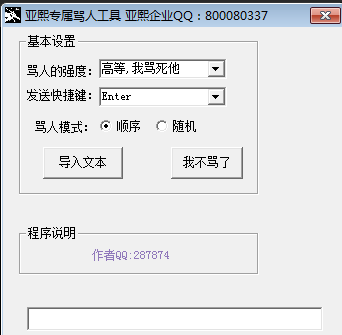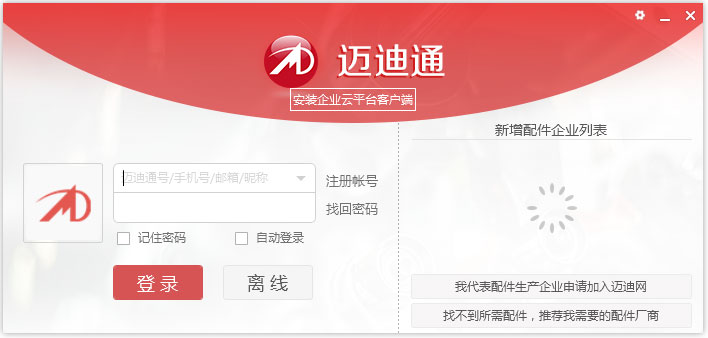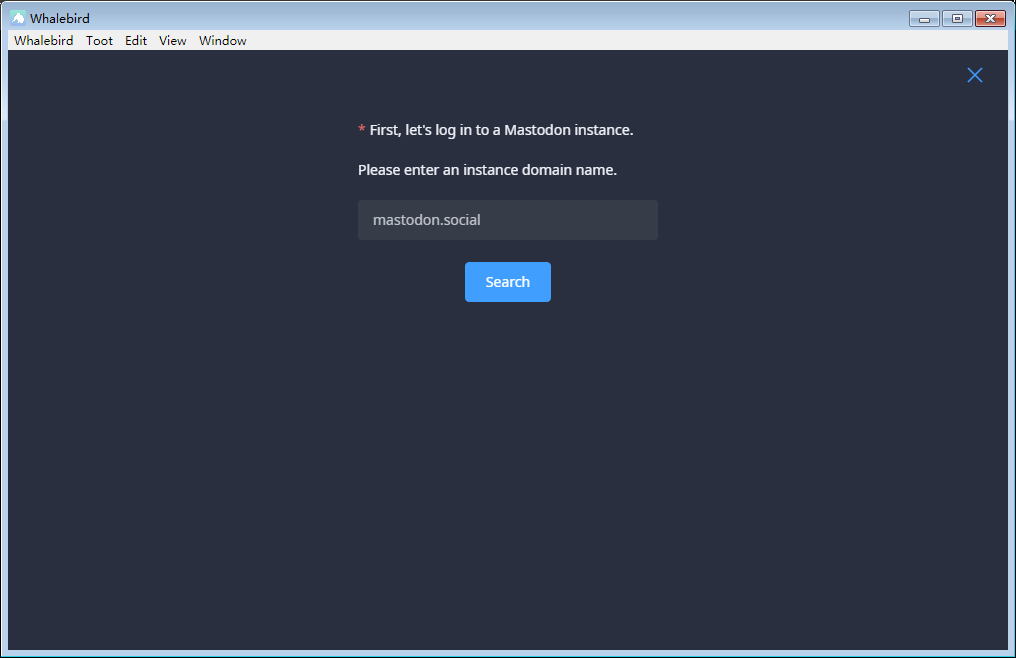DBA_Oracle Erp并发程序运行状态查询和监控(案例)
时间:2022-03-14 04:36
2014-08-09 Created By BaoXinjian
Looking on how to check long running concurrent request in Oracle Apps 11i or R12? Here’s the overview of the SQL query script to detect the session information of each program.First you need to get the listing of running concurrent request in Oracle Apps 11i or R12. You can use the SQL query script as below to obtain the list of running request.
[sql]- SELECT a.request_id
- ,a.oracle_process_id "SPID"
- ,frt.responsibility_name
- ,c.concurrent_program_name || ‘: ‘ || ctl.user_concurrent_program_name
- ,a.description
- ,a.ARGUMENT_TEXT
- ,b.node_name
- ,b.db_instance
- ,a.logfile_name
- ,a.logfile_node_name
- ,a.outfile_name
- ,q.concurrent_queue_name
- ,a.phase_code,a.status_code, a.completion_text
- , actual_start_date
- , actual_completion_date
- , fu.user_name
- ,(nvl(actual_completion_date,sysdate)-actual_start_date)*1440 mins
- ,(SELECT avg(nvl(a2.actual_completion_date-a2.actual_start_date,0))*1440 avg_run_time
- FROM APPLSYS.fnd_Concurrent_requests a2,
- APPLSYS.fnd_concurrent_programs c2
- WHERE c2.concurrent_program_id = c.concurrent_program_id
- AND a2.concurrent_program_id = c2.concurrent_program_id
- AND a2.program_application_id = c2.application_id
- AND a2.phase_code || ‘‘ = ‘C‘) avg_mins
- ,round((actual_completion_date - requested_start_date),2) * 24 duration_in_hours
- FROM APPLSYS.fnd_Concurrent_requests a,APPLSYS.fnd_concurrent_processes b
- ,applsys.fnd_concurrent_queues q
- ,APPLSYS.fnd_concurrent_programs c
- ,APPLSYS.fnd_concurrent_programs_tl ctl
- ,apps.fnd_user fu
- ,apps.FND_RESPONSIBILITY_TL frt
- WHERE a.controlling_manager = b.concurrent_process_id
- AND a.concurrent_program_id = c.concurrent_program_id
- AND a.program_application_id = c.application_id
- AND a.phase_code = ‘R‘
- AND a.status_code = ‘R‘
- AND b.queue_application_id = q.application_id
- AND b.concurrent_queue_id = q.concurrent_queue_id
- AND ctl.concurrent_program_id = c.concurrent_program_id
- AND a.requested_by = fu.user_id
- AND a.responsibility_id = frt.responsibility_id
- ORDER BY a.actual_start_date DESC
SELECT a.request_id ,a.oracle_process_id "SPID" ,frt.responsibility_name ,c.concurrent_program_name || ‘: ‘ || ctl.user_concurrent_program_name ,a.description ,a.ARGUMENT_TEXT ,b.node_name ,b.db_instance ,a.logfile_name ,a.logfile_node_name ,a.outfile_name ,q.concurrent_queue_name ,a.phase_code,a.status_code, a.completion_text , actual_start_date , actual_completion_date , fu.user_name ,(nvl(actual_completion_date,sysdate)-actual_start_date)*1440 mins ,(SELECT avg(nvl(a2.actual_completion_date-a2.actual_start_date,0))*1440 avg_run_time FROM APPLSYS.fnd_Concurrent_requests a2, APPLSYS.fnd_concurrent_programs c2 WHERE c2.concurrent_program_id = c.concurrent_program_id AND a2.concurrent_program_id = c2.concurrent_program_id AND a2.program_application_id = c2.application_id AND a2.phase_code || ‘‘ = ‘C‘) avg_mins ,round((actual_completion_date - requested_start_date),2) * 24 duration_in_hours FROM APPLSYS.fnd_Concurrent_requests a,APPLSYS.fnd_concurrent_processes b ,applsys.fnd_concurrent_queues q ,APPLSYS.fnd_concurrent_programs c ,APPLSYS.fnd_concurrent_programs_tl ctl ,apps.fnd_user fu ,apps.FND_RESPONSIBILITY_TL frt WHERE a.controlling_manager = b.concurrent_process_id AND a.concurrent_program_id = c.concurrent_program_id AND a.program_application_id = c.application_id AND a.phase_code = ‘R‘ AND a.status_code = ‘R‘ AND b.queue_application_id = q.application_id AND b.concurrent_queue_id = q.concurrent_queue_id AND ctl.concurrent_program_id = c.concurrent_program_id AND a.requested_by = fu.user_id AND a.responsibility_id = frt.responsibility_id ORDER BY a.actual_start_date DESC
You can see the request id and other relevant information from the result.
Based on the SPID associated to each running request, query the v$session or v$session_longops table to see what is the request id doing in the backend.
[sql]- SELECT b.sid, b.serial#, a.spid, b.program, b.osuser, b.machine,
- b.TYPE, b.event, b.action, b.p1text, b.p2text, b.p3text, b.state, c.sql_text,b.logon_time
- FROM v$process a, v$session b, v$sqltext c
- WHERE a.addr=b.paddr
- AND b.sql_hash_value = c.hash_value
- AND b.STATUS = ‘ACTIVE‘
- AND a.spid = ‘11696‘
- ORDER BY a.spid, c.piece
SELECT b.sid, b.serial#, a.spid, b.program, b.osuser, b.machine, b.TYPE, b.event, b.action, b.p1text, b.p2text, b.p3text, b.state, c.sql_text,b.logon_time FROM v$process a, v$session b, v$sqltext c WHERE a.addr=b.paddr AND b.sql_hash_value = c.hash_value AND b.STATUS = ‘ACTIVE‘ AND a.spid = ‘11696‘ ORDER BY a.spid, c.piece
Replace v$session with gv$session if the database is running on RAC environment. Enable or set trace if you wish to know more details on the session.
Thanks and Regards



























